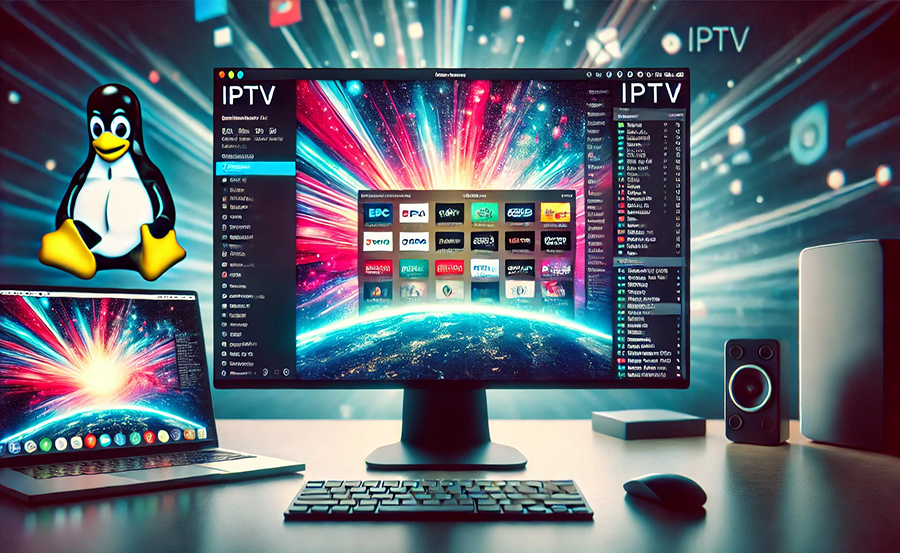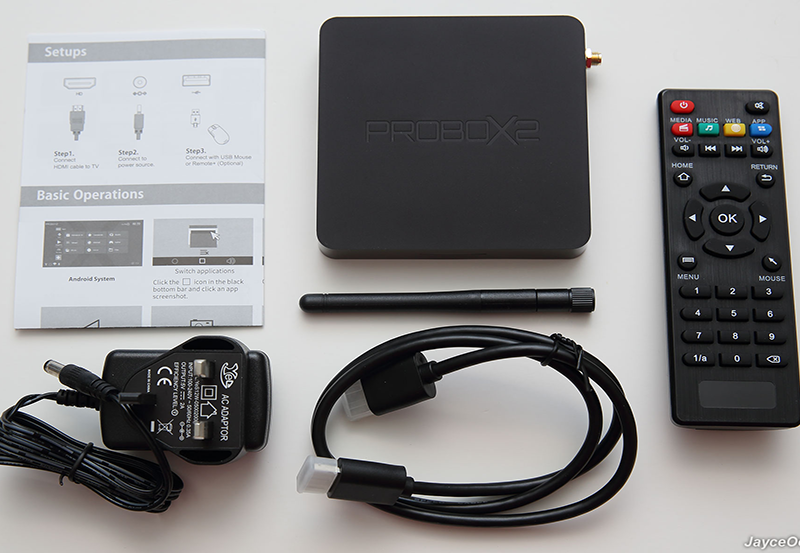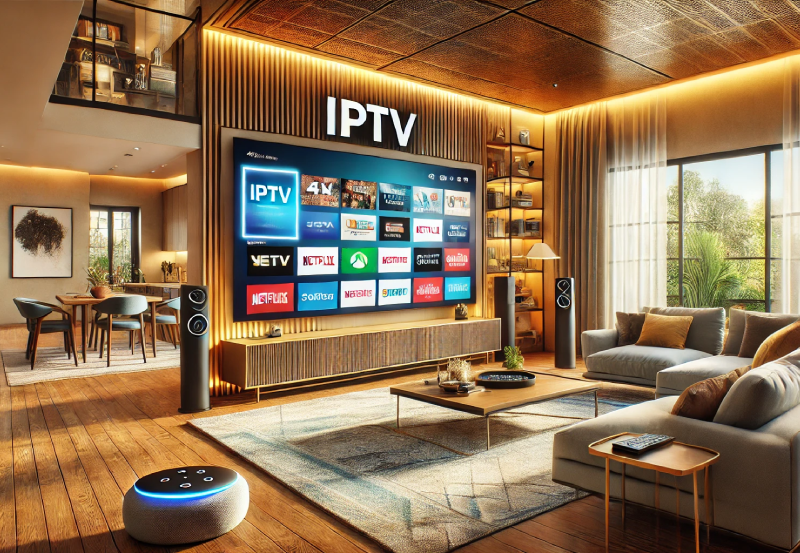IPTV, or Internet Protocol Television, has revolutionized the way we consume content. With a range of channels and on-demand shows at your fingertips, it’s no wonder so many are eager to get started. In this guide, we’ll walk you through the exciting process of setting up your first IPTV playlist on Linux. If you’re new to this, fear not! This guide will break down each step in a friendly, straightforward manner.
Buy 1 Year IPTV Subscription and Enjoy Unlimited Content
What is IPTV and Why Choose It?
IPTV stands out as a modern way to deliver television content over IP networks. Unlike traditional broadcast TV, IPTV provides flexibility that suits the diverse schedules and tastes of today’s viewers.
IPTV Subscription: The Gateway to Entertainment
First things first, you’ll need an IPTV subscription. This includes access to a vast range of channels and content, often at a fraction of the cost of conventional cable services. Subscriptions vary; ensure you select one that fits your needs.
Smart Choice:
Stream your favorite shows, sports, and movies with Calma Hub, your go-to IPTV provider for uninterrupted viewing.
Advantages of IPTV for Beginners
For those just starting, IPTV offers numerous edges: it’s cost-effective, on-demand, and user-friendly. Plus, the ease of setup on Linux systems makes it particularly attractive for tech-savvy beginners. You can enhance your viewing pleasure by customizing your playlist to include only what you love.
Setting Up IPTV on a Linux System
Setting up IPTV on Linux may seem daunting, but with the right guidance, it can be a smooth experience. We’ve broken it down into manageable steps you can follow easily.
Steps to Install IPTV on Linux
Here is a simple guide to get you started:
- Ensure your Linux system is up-to-date.
- Download a reliable IPTV player such as VLC or Kodi.
- Install the IPTV software and configure it according to the provider’s instructions.
- Access your IPTV subscription and load the playlist.
Step 1: Updating Your Linux System
Before diving into the IPTV setup, update your Linux operating system. Open the terminal and execute:
sudo apt-get update && sudo apt-get upgradeThis ensures your system is primed for installation.
Choosing the Right IPTV Player
It’s crucial to pick the right player, as this affects your overall viewing experience. We’ll explore some of the popular options available for Linux users.
VLC Media Player
VLC is a popular choice due to its versatility and ease of use. It supports a wide range of formats, making it ideal for streaming your IPTV subscription.
Kodi Entertainment Center
Kodi offers extensive customization options and add-ons that cater to advanced users looking to enhance their viewing pleasure.
Loading Your IPTV Playlist
Once you’ve installed your preferred IPTV player, the next step is to load your playlist. The playlist file, often with an .m3u extension, is provided by your IPTV service.
Loading an IPTV Playlist on VLC
Open VLC and navigate to “Media” > “Open File.” Select your .m3u file to start streaming.
Customizing Channels and Playlists
Personalize your experience by arranging channels or creating different playlists based on genres or viewing habits.
Troubleshooting Common Issues
It’s normal to encounter a few hiccups as you set up your IPTV. Here are some common issues and tips on how to fix them.
Playback Errors
If the stream isn’t working, check your internet connection. Slow speeds can cause buffering.
Configuration Troubles
Ensure your playlist file is correct and supported by the media player. Wrong configurations can stop streams from functioning smoothly.
Enhancing Your Viewing Pleasure
Once set up, it’s time to maximize your IPTV experience. Let’s peek into some ways to improve your viewing time with intuitive tips.
Utilizing Add-ons and Extensions
Kodi allows for a wide array of add-ons, while VLC is compatible with plugins that offer additional features. Explore these options to get the most out of your subscription.
Boosting Connection Speed
Consider upgrading your internet plan or optimizing your router settings to minimize lag and buffering.
Beyond the Basics: IPTV Trends
As technology evolves, so too does IPTV. Staying ahead of trends ensures you make the most of your IPTV setup.
The Future of IPTV Technology
Look out for enhanced VR integration and more interactive features, expanding the realm of possibilities for viewers.
Eco-friendly Streaming
As awareness grows, IPTV services are seeking environmentally friendly solutions to deliver content. Opt for service providers that align with sustainable practices.
Final Thoughts
Embarking on your IPTV journey is an exciting endeavor that opens up worlds of entertainment possibilities. With this guide, setting up your IPTV playlist on Linux is not just achievable but also enjoyable. Remember, the power of IPTV lies not just in its convenience but in the customization it offers to fit your unique preferences. Dive in, explore, and tailor your IPTV experience to amplify your viewing pleasure.
FAQ Section

What is the best IPTV player for Linux?
Both VLC Media Player and Kodi are highly recommended. VLC is user-friendly, while Kodi offers more customization for advanced users.
Is IPTV legal?
It depends on the content being streamed. Ensure you have a legitimate IPTV subscription to avoid any legal issues.
How can I enhance streaming quality on IPTV?
Improving your internet speed, reducing network interference, and using quality streams are key to better quality.
Can I watch IPTV on multiple devices?
Most IPTV subscriptions allow multiple device connections. Check with your provider for specific terms.
Do I need technical skills to set up IPTV on Linux?
Basic Linux proficiency is helpful but not necessary. Following guides can help even novice users set up IPTV.
What should I do if IPTV streaming stops?
Check your internet connection, restart your IPTV player, and verify the playlist file for any errors.
Can I customize my IPTV channels?
Absolutely! Many IPTV players let you organize and customize channel lists according to your preferences.
A Comprehensive Guide to Fixing Audio Lag on IPTV





